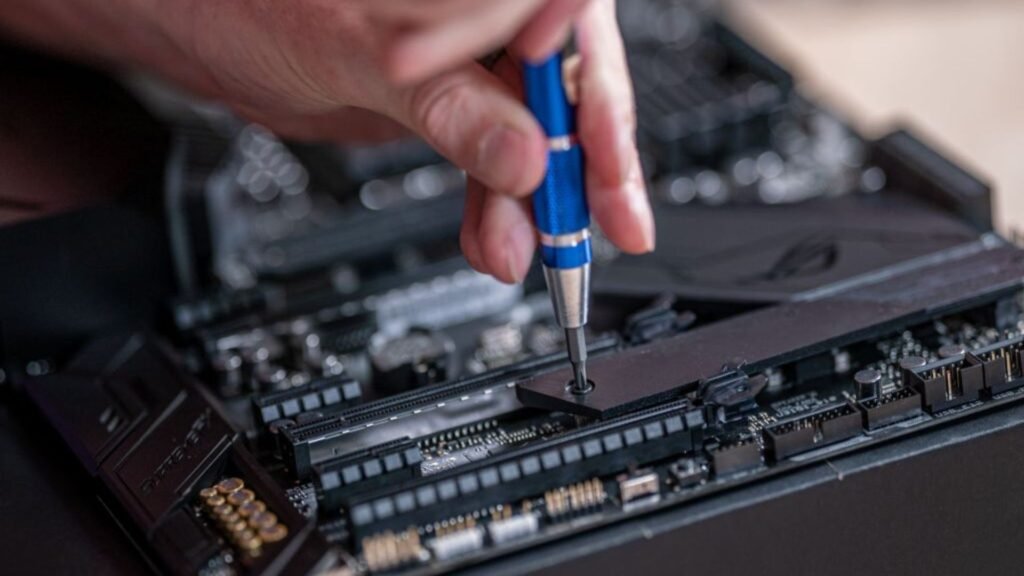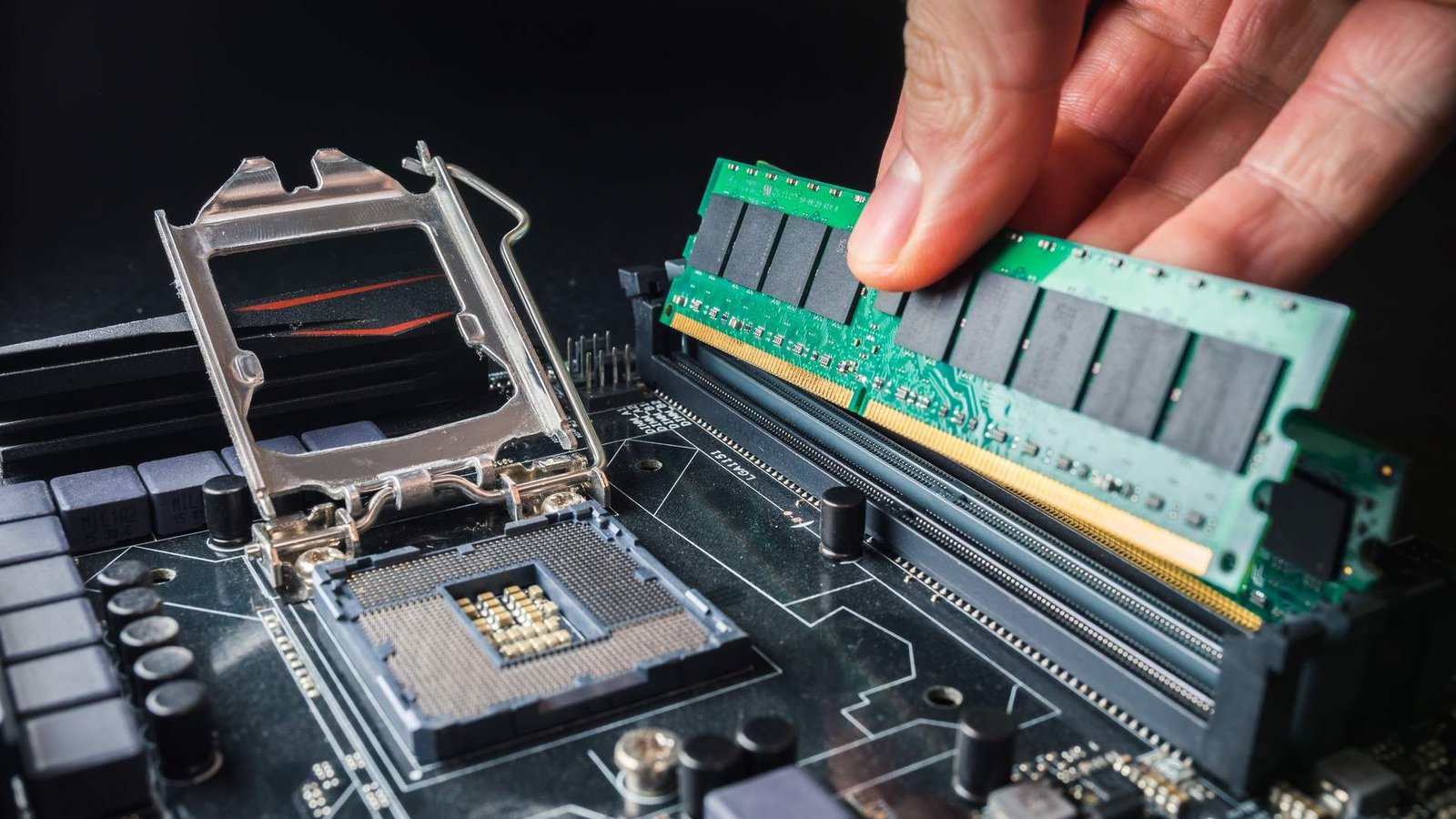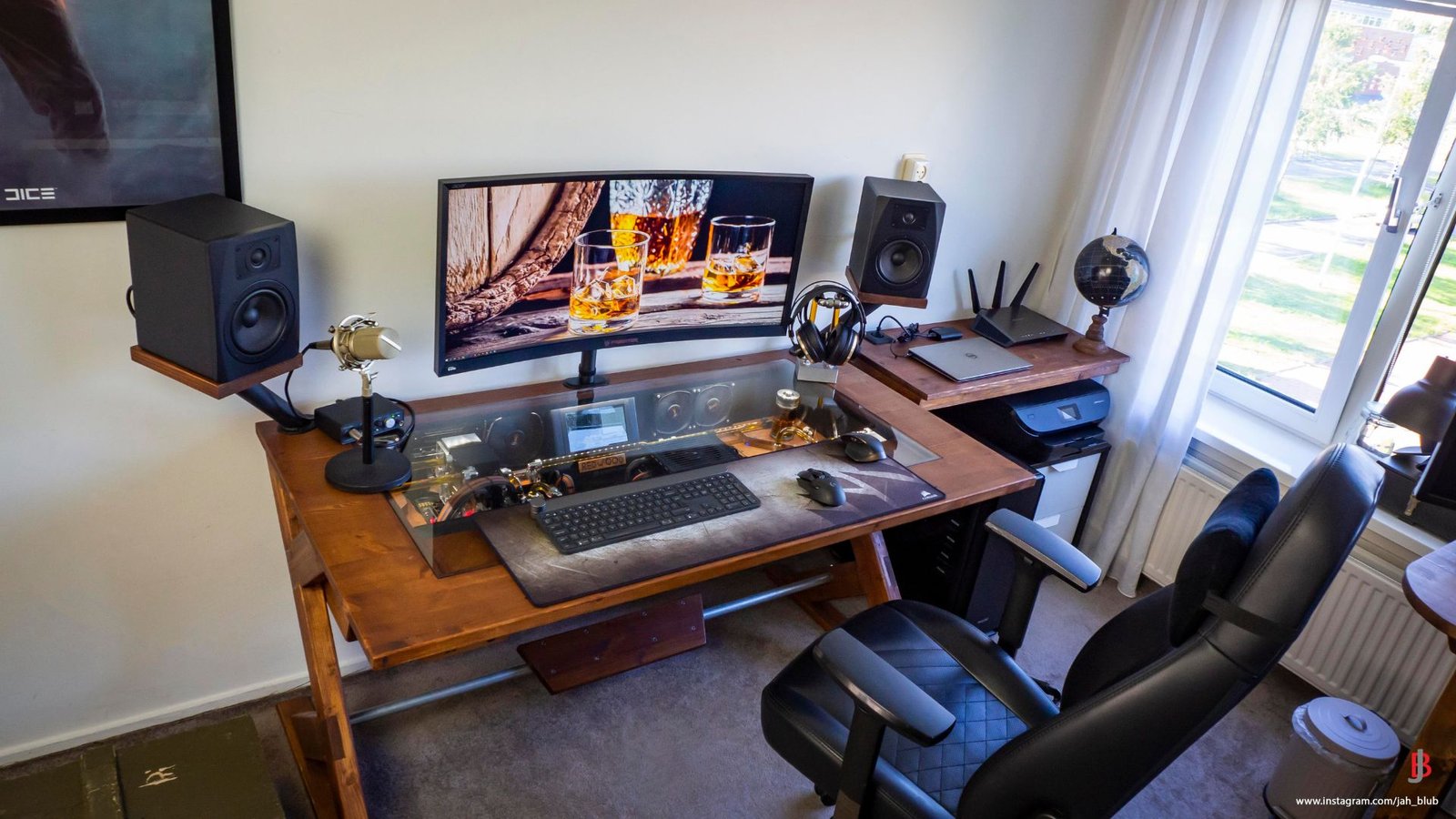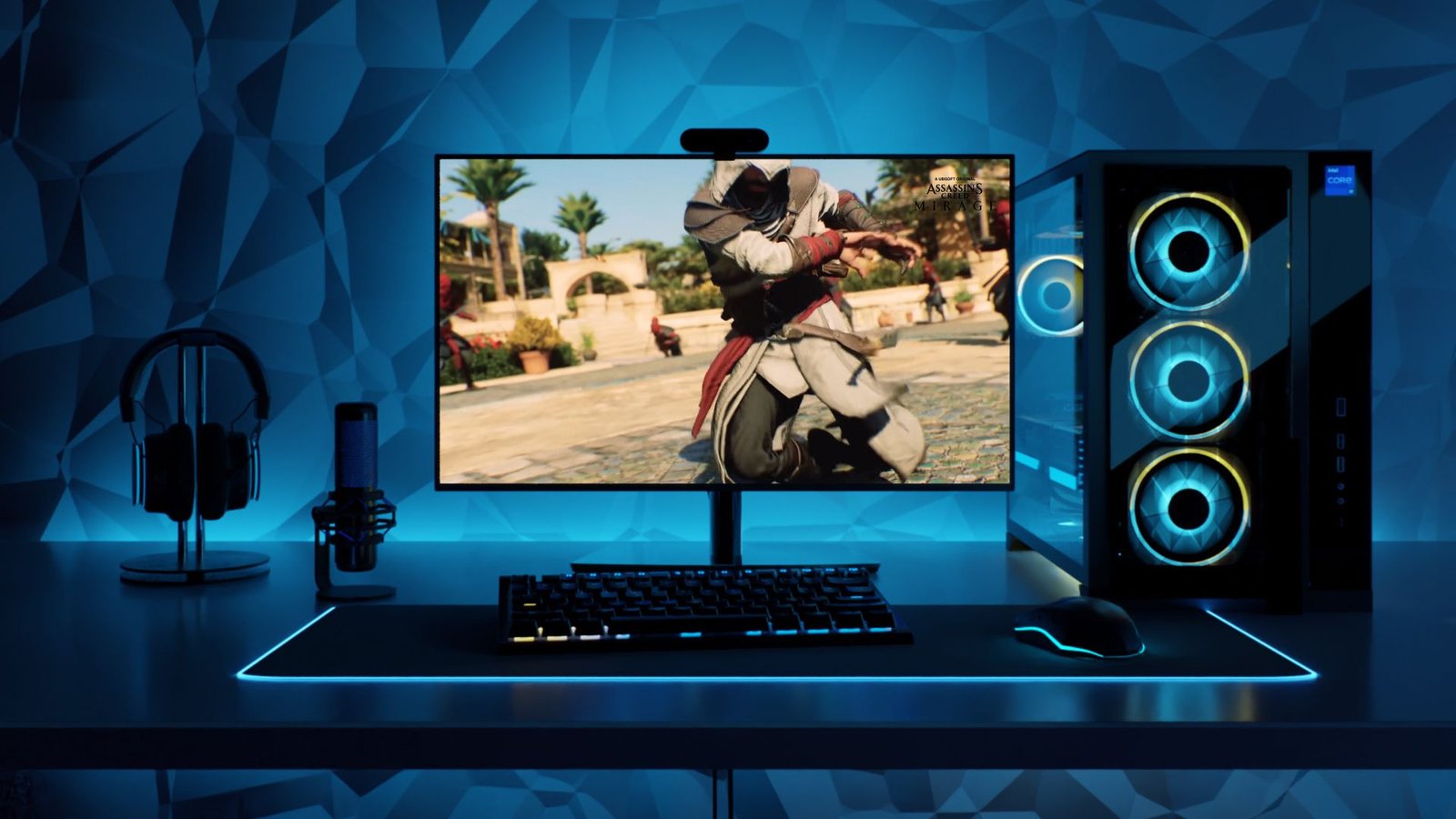Upgrading your computer system components can breathe new life into your machine, boosting performance and extending its lifespan. Whether you’re looking to enhance your gaming experience, speed up your work processes, or just give your old system a much-needed refresh, knowing how to approach upgrades effectively is crucial. Here’s a comprehensive guide to help you navigate the process of upgrading your computer system components.
Understanding When to Upgrade Your Computer System Components
Before diving into upgrades, it’s important to understand when and why you might need them. If your computer is running slowly, struggling with new software, or failing to keep up with your needs, it might be time for an upgrade. Regularly evaluating your system’s performance will help you decide which components need attention.

Upgrading the CPU
The CPU, or central processing unit, is the brain of your computer. Upgrading your CPU can significantly boost performance, especially if you’re running demanding applications or games.
Choosing a Compatible CPU
When upgrading your CPU, ensure compatibility with your motherboard. Check the socket type and chipset of your motherboard to select a compatible processor. Opt for a processor with higher clock speeds and more cores if you need increased performance for multitasking or gaming.
Installation Tips
To install a new CPU, power down your computer and disconnect it from the power source. Carefully remove the old CPU and place the new one in the socket, ensuring it’s properly aligned. Apply thermal paste before attaching the heatsink to ensure proper cooling.
Enhancing RAM
Increasing your RAM (random access memory) can help your computer run more smoothly, especially when handling multiple applications at once.
Determining How Much RAM You Need
Check your current RAM usage to determine if you need more. If your system frequently uses a large portion of your RAM, upgrading can improve performance. Aim for at least 16GB for modern applications and gaming, but more may be necessary for specialized tasks.
Installing RAM Modules
To upgrade your RAM, power off your computer and open the case. Insert the new RAM modules into the available slots, making sure they click into place. Check your motherboard’s manual for compatibility and maximum supported memory.
Upgrading the Graphics Card
For better graphics performance, particularly in gaming or graphic-intensive applications, upgrading your graphics card is key.
Selecting a Graphics Card
Choose a graphics card that matches your performance needs and budget. Consider factors like GPU performance, VRAM (video RAM), and compatibility with your motherboard and power supply. Ensure your case has enough space for the new card.
Installation Process
Turn off your computer and unplug it. Remove the old graphics card from the PCIe slot and insert the new one. Secure it with screws and connect any necessary power cables. After installation, update your graphics drivers to ensure optimal performance.
Improving Storage
Upgrading your storage can speed up your computer and provide more space for files and applications.
Choosing Between SSDs and HDDs
Solid-state drives (SSDs) offer faster speeds compared to traditional hard drives (HDDs). For a noticeable performance boost, consider replacing your HDD with an SSD. Alternatively, you can add an SSD alongside your existing HDD for additional storage.
Installing New Storage
To install a new SSD or HDD, open your computer case and connect the drive to the appropriate slot or bay. Use SATA cables for connection and ensure it’s properly mounted. Format the drive and transfer data as needed.
Updating the Power Supply Unit (PSU)
When upgrading major components like the CPU or graphics card, you might need a more powerful PSU to handle the increased power demands.
Selecting the Right PSU
Choose a PSU with adequate wattage for your upgraded components. A good rule of thumb is to have a PSU with at least 20-30% more power than your system requires to ensure stability.
Installation Steps
Disconnect your old PSU and remove it from the case. Install the new PSU by securing it in place and connecting all necessary power cables to your components.
Ensuring Proper Cooling
Upgrades can increase the heat generated by your computer. Ensuring proper cooling is essential to maintain system stability.
Upgrading Cooling Solutions
Consider adding more case fans or upgrading your CPU cooler to handle the increased heat. Ensure your cooling solutions are compatible with your new components and are installed correctly.
Conclusion
Upgrading your computer system components can greatly enhance performance and extend the life of your machine. By focusing on critical areas like the CPU, RAM, graphics card, storage, and cooling, you can ensure that your computer meets your current needs and handles future demands efficiently.











